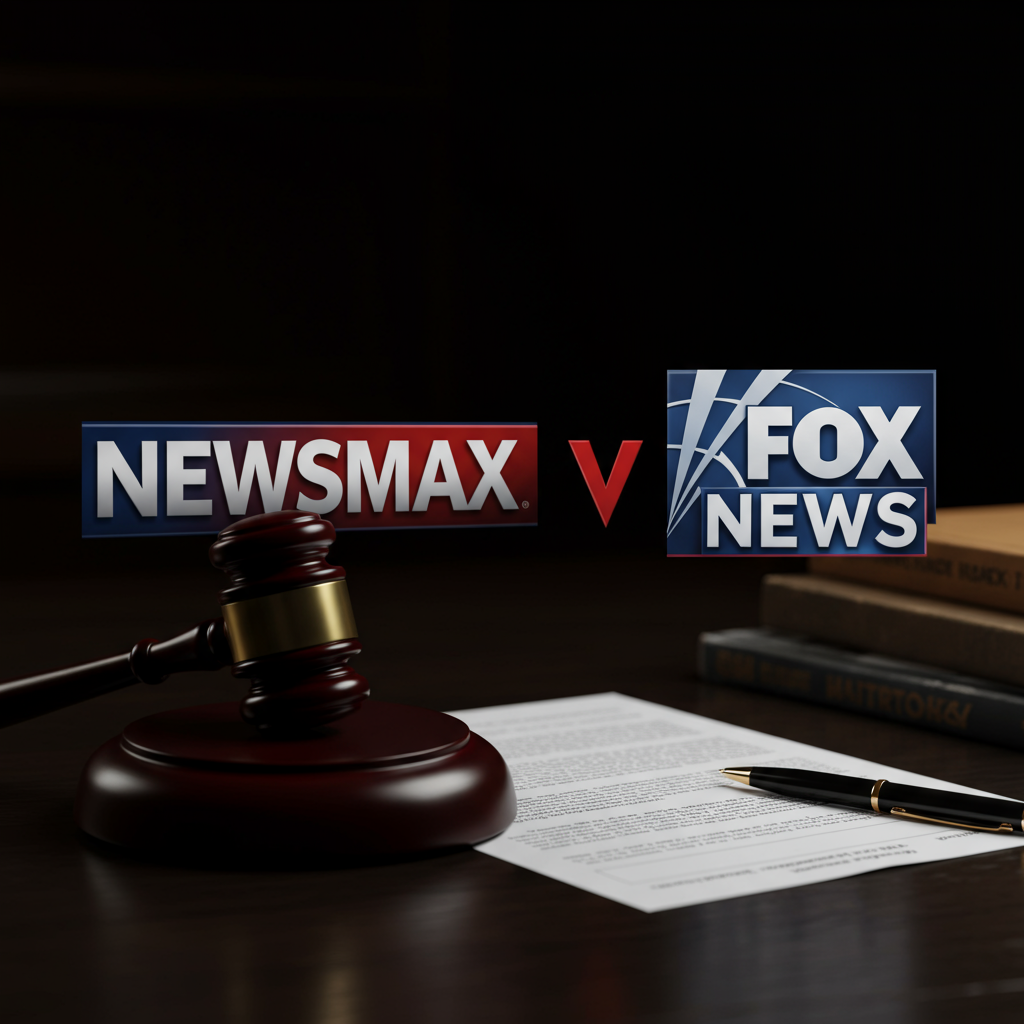Buy Now, Pay Later (BNPL) services have exploded in popularity, offering consumers a seemingly flexible way to spread out payments for purchases. Often advertised as interest-free installments, these platforms like Klarna and others make it easier to acquire goods and services immediately, paying off the balance over several weeks or months. While the convenience is undeniable, financial experts are increasingly warning that heavy reliance on BNPL, particularly for users who are already financially stretched, could be quietly undermining their long-term financial health.
The Growing Problem: Users Are Paying Late
Despite the appeal of interest-free plans, a worrying trend is emerging: more users are struggling to keep up with their BNPL payments. Data from providers and surveys paints a clear picture. Klarna, a major player, saw consumer credit losses rise significantly, partly due to increased loan volume. While their global percentage of unpaid loans remains relatively low, it did inch up slightly.
More concerning are user-reported struggles. Surveys indicate a notable uptick in late payments over the past year. A LendingTree survey found that 41% of BNPL users had paid late at least once, a jump from 34% the previous year. Similarly, a Bankrate survey showed 18% of users admitted to missing a payment entirely.
This increase in missed or late payments is happening as the economic landscape shifts, with pandemic savings dwindling and inflation impacting household budgets.
Why Are People Turning to BNPL?
At its core, BNPL is often used by people to buy things they currently cannot afford to pay for in full. Users make an initial payment and agree to a schedule of future installments, essentially taking out a short-term loan for the remaining balance.
Data highlights concerning usage patterns:
Bridging Paychecks: A significant portion of users view BNPL as a “bridge” to their next paycheck, a percentage that has steadily risen over the past few years.
Covering Essentials: Alarming trends show BNPL is increasingly used for everyday necessities. A quarter of users reported financing groceries using BNPL, a substantial leap from just a year prior, pointing to rising food costs squeezing budgets. Experts view financing food as a stark sign of economic hardship, describing it as a “crisis” rather than mere convenience.
Common Purchases: Beyond essentials, BNPL is frequently used for items like clothing, technology devices, and home decor.
Multiple Loans: While the average purchase amount might seem modest ($142 in 2022 according to CFPB data), a large percentage of users (approximately 63%) hold multiple BNPL loans concurrently, complicating repayment management.
How BNPL Can Jeopardize Your Financial Future
Financial advisors warn that the ease of BNPL can create dangerous financial habits and consequences:
Promoting Overspending and a “False Sense of Affordability”: BNPL can make expensive purchases feel more manageable by breaking them into smaller chunks. This can lead consumers to buy more than they truly can afford, accumulating debt across multiple platforms without fully grasping the total burden. It fosters a mindset where users feel they can make any purchase, regardless of their actual income or savings.
Harming Your Credit Score and Limiting Future Borrowing: While many BNPL plans don’t report positive payment history to major credit bureaus, missed payments can absolutely impact your credit. If a BNPL account goes into default, the debt is often sent to collections, which is reported and can severely damage your credit score. A poor credit score makes it harder and more expensive to get crucial future loans like mortgages or car loans, and can even affect insurance rates, rental applications, and employment prospects. Furthermore, missing payments can cause the BNPL provider itself to restrict your future use of their service.
Undermining Budgeting and Financial Discipline: Consistently relying on BNPL suggests you lack the savings to cover purchases. This approach bypasses fundamental financial practices like budgeting, tracking spending, and prioritizing saving (especially for long-term goals like retirement). It fosters impulsive spending habits rather than intentional, value-based decisions that align with financial goals. Abandoning this kind of “trendy Band-Aid solution” for proven strategies like automating savings is essential for long-term security.
Broader Economic Context
The rise of BNPL use for essentials occurs against a backdrop of increasing U.S. household debt and declining consumer confidence. Financing everyday items like groceries is seen by many as a direct indicator of financial distress and a symptom of wages not keeping pace with costs.
Taking Control: Steps for BNPL Users
If you use or are considering using BNPL, here’s how to protect your financial future:
- Assess Necessity: Before committing to BNPL debt, ask yourself if the purchase is truly essential right now. Could you save up for it instead?
- Understand Repayment: Clearly know the payment schedule and ensure you can comfortably meet all installments in addition* to your other financial obligations. Don’t let BNPL payments strain your ability to pay other bills or debts on time.
- Explore Alternatives: Before borrowing, consider all your options. Are there financial assistance programs available? For larger expenses or consolidating existing high-interest debt (like credit cards), a fixed-rate personal loan might offer more predictable payments, clearer terms, and potentially lower interest rates. Responsible use of personal loans can also help build credit history, unlike many BNPL plans.
- Build Fundamental Habits: Focus on core personal finance principles. Create a budget, track your spending, and prioritize saving. These basic habits, not “trendy” quick fixes, are the real keys to long-term financial stability. Let go of habits that aren’t serving you and focus on strategies that simplify money management and move you toward your goals.
While BNPL offers convenience, its hidden costs in terms of promoting overspending, potential credit damage, and undermining essential financial habits can pose a significant risk. Understanding these dangers and prioritizing responsible financial behavior is crucial for protecting your financial future.



